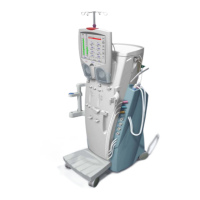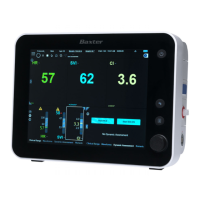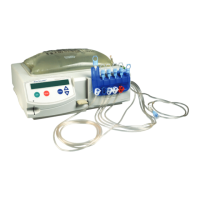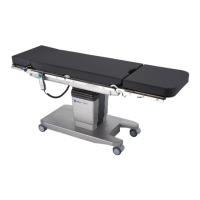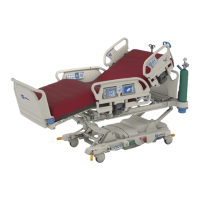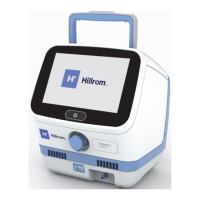41
40
HEMODIALYSIS BASICS
In hemodialysis, the cleaning of the blood takes place
outside the body in an “artificial kidney”, also called a
dialyzer. Blood is pumped via plastic lines to the dialyzer and
back again, a process monitored and controlled by a dialysis
machine.
During the treatment blood flows on one side of a membrane
within the dialyzer. The dialysis machine mixes a fluid known
as dialysate and passes it through the dialyzer on the other
side of the membrane.
Waste products and excess fluid pass across the membrane
from the blood into the dialysate fluid. The cleaned blood is
returned to the body and the waste products and fluid are
removed from the system.
As the dialysate is free from waste products, a concentration
difference is created across the membrane. This makes
the waste products move by diffusion from the blood,
through the membrane and into the dialysate. When the
treatment starts, besides waste products, the patient’s
blood also contains excess fluid. To remove the fluid, a
pressure gradient is applied across the membrane in the
dialyzer. This forces water to leave the blood, and enter the
dialysate by the process of ultrafiltration. The amount of
fluid ultrafiltered during the entire treatment session should
correspond to the excess volume.
How Hemodialysis Works
The Dialyzer
This is a small plastic cylinder which attaches to the
disposable circuit.
A dialyzer contains many fibers of membrane.
This membrane is a thin film containing thousands of
microscopic holes (pores). The pores allow water and
waste products to pass through them but keep the blood
cells and proteins within the blood.
Fluid is removed from the blood by ultrafiltration driven
by a pressure gradient, TMP (transmembrane pressure),
across the membrane.
Dialysate passes continuously through the dialyzer on the
other side of the membrane.
All dialyzers have four external ports, two that allow blood
to enter and exit the dialyzer and two that allow dialysate
to enter and exit the dialyzer.
The dialysate flows through the dialyzer in the opposite
direction to the blood.
Dialysate out
Dialysate in
Blood in
Blood out
Dialysis fluid
Blood
Membrane
Waste products
1 2
3 4
Dialysate

